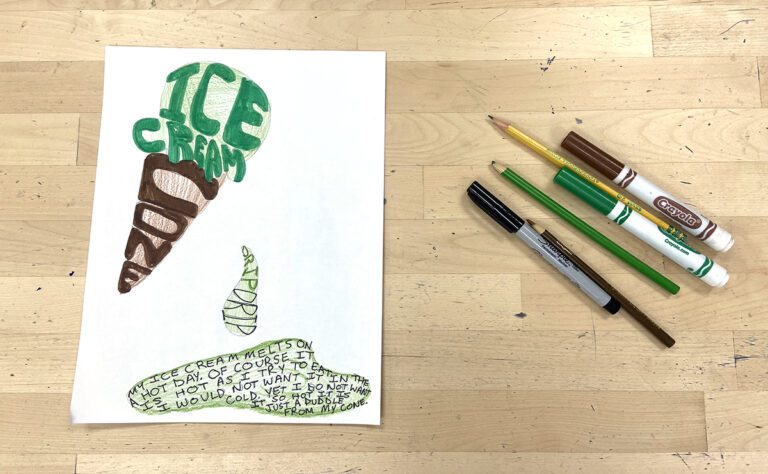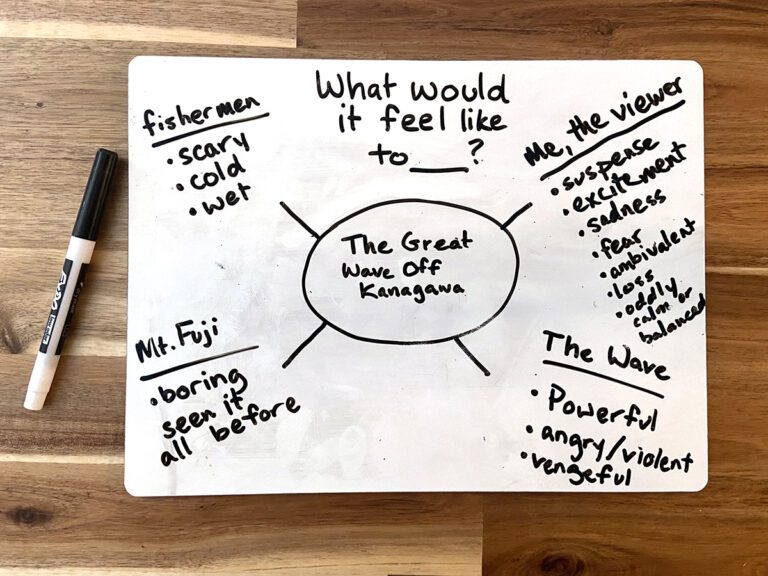 I recently spoke with author and co-founder of Access Art Paula Briggs about her new book Drawing Projects for Children. Reading this book reminded me why our work as art educators is so important. Not only is the book filled with stunning lesson ideas, Paula also invites readers to think deeply about how those lessons are presented.
I recently spoke with author and co-founder of Access Art Paula Briggs about her new book Drawing Projects for Children. Reading this book reminded me why our work as art educators is so important. Not only is the book filled with stunning lesson ideas, Paula also invites readers to think deeply about how those lessons are presented.
You see, Paula believes, “For children to get the most out of drawing, they need to be encouraged to push beyond what they consider ‘safe’ (‘safe drawings are those in which we know what the outcome is going to be before we have even started making them) and take risks.” I agree with her, and my bet is that many of you do, too.
We want students to feel comfortable taking more risks in the art room, but what does fostering that confidence really look like?
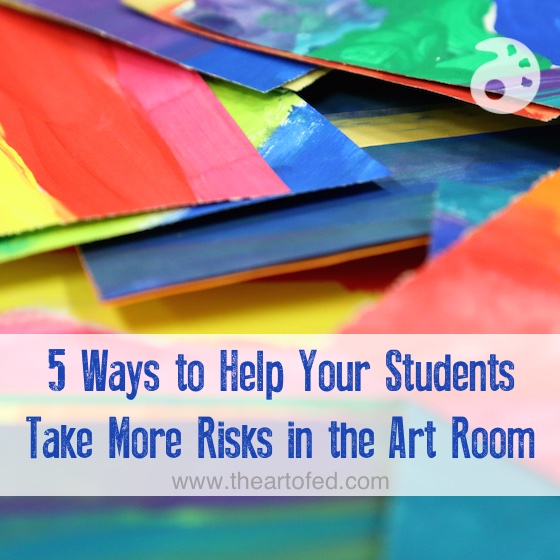
1. Modify your classroom drawing materials.
This is a simple tip that can work wonders. What happens if you tape a piece of charcoal to the end of a stick? The student can’t use as much control, and, therefore, their marks become looser and more fluid. Of course, no one would expect you to draw accurately in this way, so the pressure is off of the students in that way as well. Think about other ways you could modify materials to make them less predictable and more experimental. Paula has lots of ideas for you in the book.
2 Let your students see you take risks, too.
In the book, Paula says, “As a facilitator, you should demonstrate that taking risks is not only acceptable, it is desirable.” I know that when I am in front of a group of students, the first time I make a mistake there is an audible gasp. Why is this? Why is it that children feel it’s not OK to make mistakes? Is it the testing culture so many of them are now accustomed to? Whatever the reason, we need to be the ones to demonstrate that risk taking is OK and that it is, in fact, part of the artistic process and can lead to fantastic discoveries.
3. Allow students time to warm up.
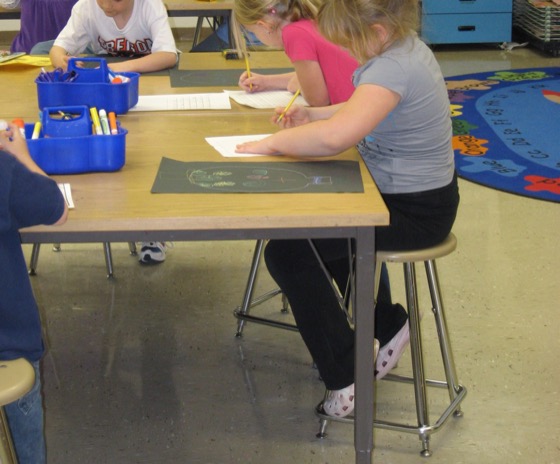
We’ve talked about this idea before, but it bears repeating. Not every student will be ready to jump into a project right away. In fact, many won’t. They will do it because you tell them to, but they may not feel comfortable. Allowing your students time to practice and warm up will allow them to work out some of their ideas before starting their “final draft.” Paula’s book includes some of the most freeing warm-up activities I’ve seen. A activity that encourages students to draw like cavemen in order to experiment with mark-making? Yes, please.
4. Craft your demonstrations carefully.
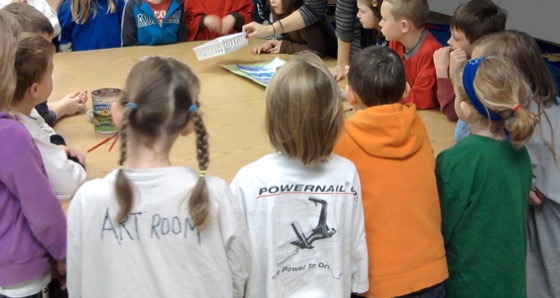
Paula gives great advice about demonstrations. She feels that demonstrating too much can influence children strongly. One trick I used in my elementary classroom when demonstrating was to have the students help me craft my example. So, if we were drawing an underwater scene, instead of me dictating what was in my scene (and then having 28 copies produced later in the hour), I asked students for ideas. “Hmm,” I might say, “What kinds of things are at the bottom of the ocean? What are some things you could include in your own scene?” This way, my demonstration also became a group brainstorming activity.
5. Change your definition of success.
This tip from Paula was revolutionary to me. She said, “If a teacher sets a lesson up and wants only that the children create beautiful images for a wall display – then that’s a lot of pressure on a class and no room for risk. If the teacher puts value on the creative journey, and more importantly, on individual creative journeys, then the outcome is less important – and there is more room for risk.”
I know we all have display cases to fill and bulletin boards to cover, and art shows to curate, but what if we just stepped back and allowed time for true exploration? Of course, practitioners of choice-based art are experts at this already, but I would challenge everyone to build in a little more time for these types of projects.
I’d like to end with one more sentiment from Paula. I asked her how teachers can create a “safe” space in their classrooms. She said that the most important thing was to be open with your students about taking creative risks. Even very young children can understand the concept that taking risks can have big, amazing payoffs. However, Paula also noted, “At the same time, I don’t want to undermine “safe” work… I think it has a place too.”
So, as with most things, it all comes down to that comfortable balance. You may be on one end of the spectrum more than the other, but I think many of us can agree that the middle is a pretty good place to land.
Thanks again to Paula for sharing her insights with us! If you’d like to pick up a copy of Paula’s fantastic book, you can do so here.
How do you help students feel comfortable taking risks in your classroom?
Do you have any lessons designed to help students feel more confident?
Magazine articles and podcasts are opinions of professional education contributors and do not necessarily represent the position of the Art of Education University (AOEU) or its academic offerings. Contributors use terms in the way they are most often talked about in the scope of their educational experiences.

